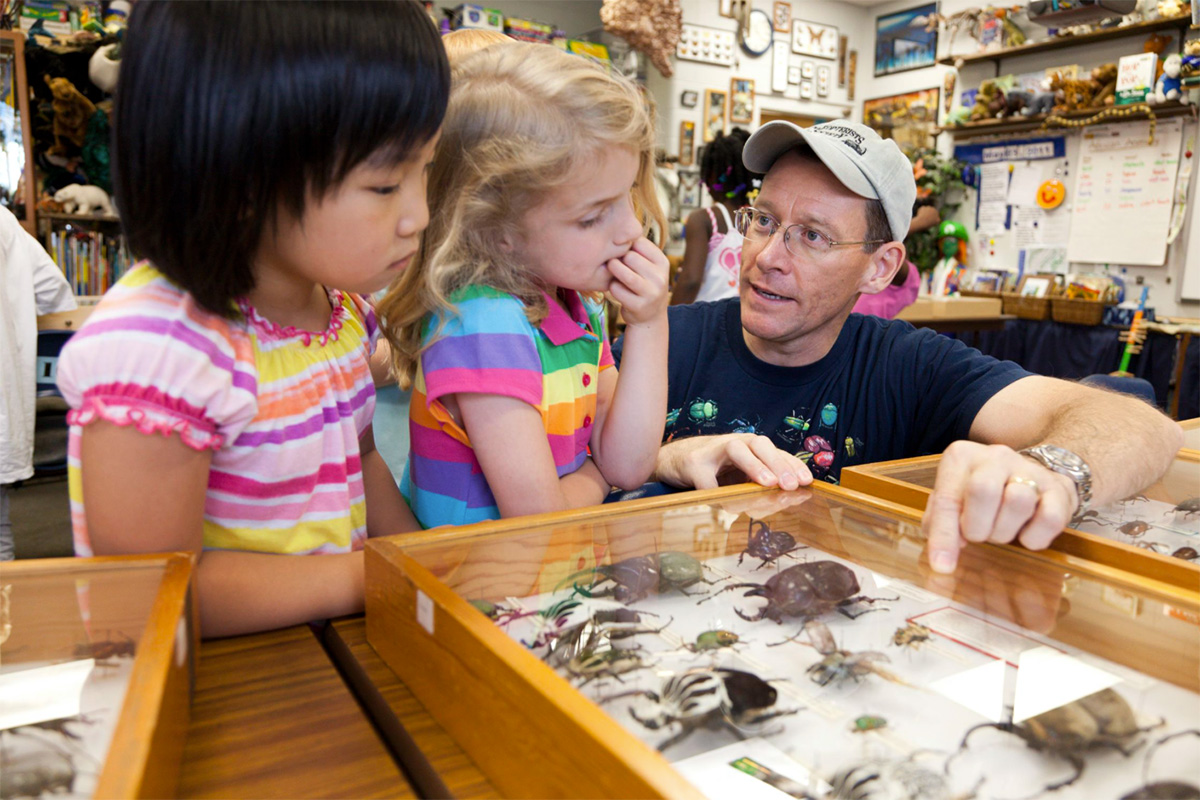By Stephanie Schupska
University of Georgia
PERRY, Ga. — Standing behind a table covered with art, photos and brochures, Sage Edwards isn’t representing herself. She’s standing in for Monticello, Ga., in Georgia’s first agritourism, or “farm fun,” symposium Nov. 14 at the Georgia National Fair & Agricenter.
“Monticello is a favorite place to visit for a lot of tourists,” said Edwards, director of the Better Hometown and Downtown Development Authority in Monticello. “It’s a green place. … Agritourism is a big thing for our town.”
Edwards said they recently hosted a group from China who wanted a “true Southern experience.” After feasting on country ham and biscuits, they toured Jasper County for some Georgia farm fun.
Together, agriculture and related businesses make up the state’s top industry. Tourism is next. Pulling out-of-state visitors into Georgia is big business, with 62 million people in 2006. But it’s not the only market. And traditional tourism venues aren’t the only products.
“There are a lot of people in Atlanta, and several hundred thousand have never seen a farm,” said Charlie Gatlin, Georgia’s deputy commissioner of tourism and marketing. “There’s a market right there for us to go after. All we need to do is tell the story.”
Telling the story was one of many emphases of the “Symposium of Discovery: Agritourism and the Creative Economies in Georgia.” The Georgia Department of Economic Development, the Center for Agribusiness and Economic Development at the University of Georgia, Market Festival on the Square and Agri-Tour Solutions hosted the event.
Attendees soaked up ideas and did a little marketing.
Charles Cowart of Still Pond Vineyards and Winery near Arlington, Ga., told how his business went from growing grapes to bottling wine.
Several years ago, he realized Still Pond needed an outlet, besides the fresh market, for their grapes. After starting with a pasteurized grape juice, they moved into wine. This year, they ran 900 tons of fruit through their facilities, with some of the juice going to other wineries and the rest processed in-house.
They get customers down a 2-mile dirt road to their facility mainly by word of mouth.
“There’s got to be a reason for them to come seek us out,” he said. “We’ve got to have a pretty package. We’ve got to have an excellent product in the package” and have “Southern hospitality” when people come. “You have to be passionate about what you’re doing.”
AGNET, the CAED agritourism Web site (www.caed.uga.edu), lists 650 farm- and nature-related tourism venues in Georgia. These attractions, from farmers markets to fish hatcheries, have an off-the-farm value of $60 million a year.
“We feel, given our natural advantages and the consumer demand, we can grow tremendously from that level,” CAED director John McKissick said.
With only 2 percent to 4 percent of Georgians living on farms, having an organized voice would help. It’s a way to market what the state is already doing, said Georgia Commissioner of Agriculture Tommy Irvin.
“I’ve been on your farms,” he told the crowd. “I’ve been in your vineyards. I guess it’s no secret to us what we’re doing. But we have to tell others what we’re doing.”
Scott Angle, dean and director of the UGA College of Agriculture and Environmental Sciences, noted the benefits of branded names in Georgia.
“We’ve got some great examples here already,” he said, citing Vidalia onions and Claxton Fruit Cakes. “I know some people who have traveled to Georgia to spend a day learning what makes Vidalia onions different. … There are all kinds of things in Georgia that we could be marketing.”
Cowart told of an Atlanta reporter who turned off his headlights on his way to Arlington and got his first real glimpse of stars.
“There are a lot of people out there,” he said, “who long for a stay in our world.”


